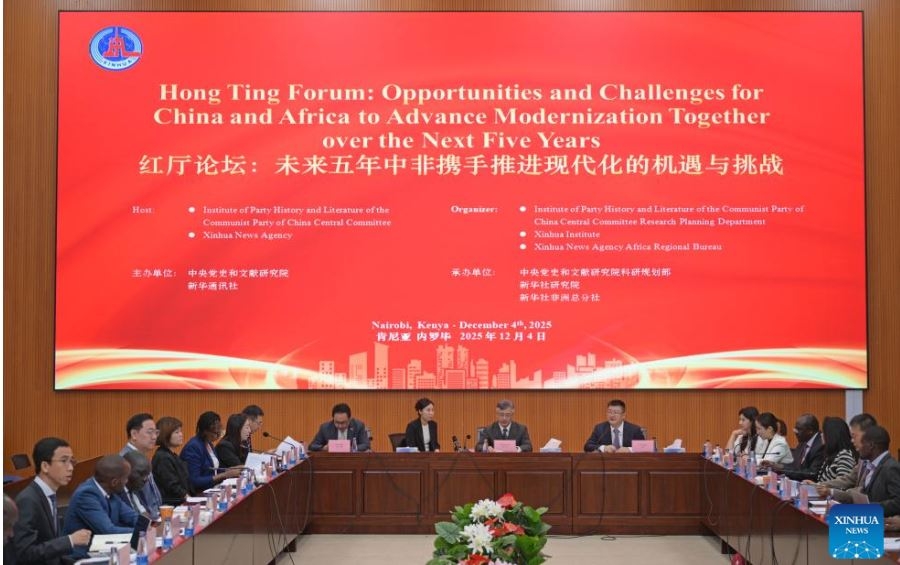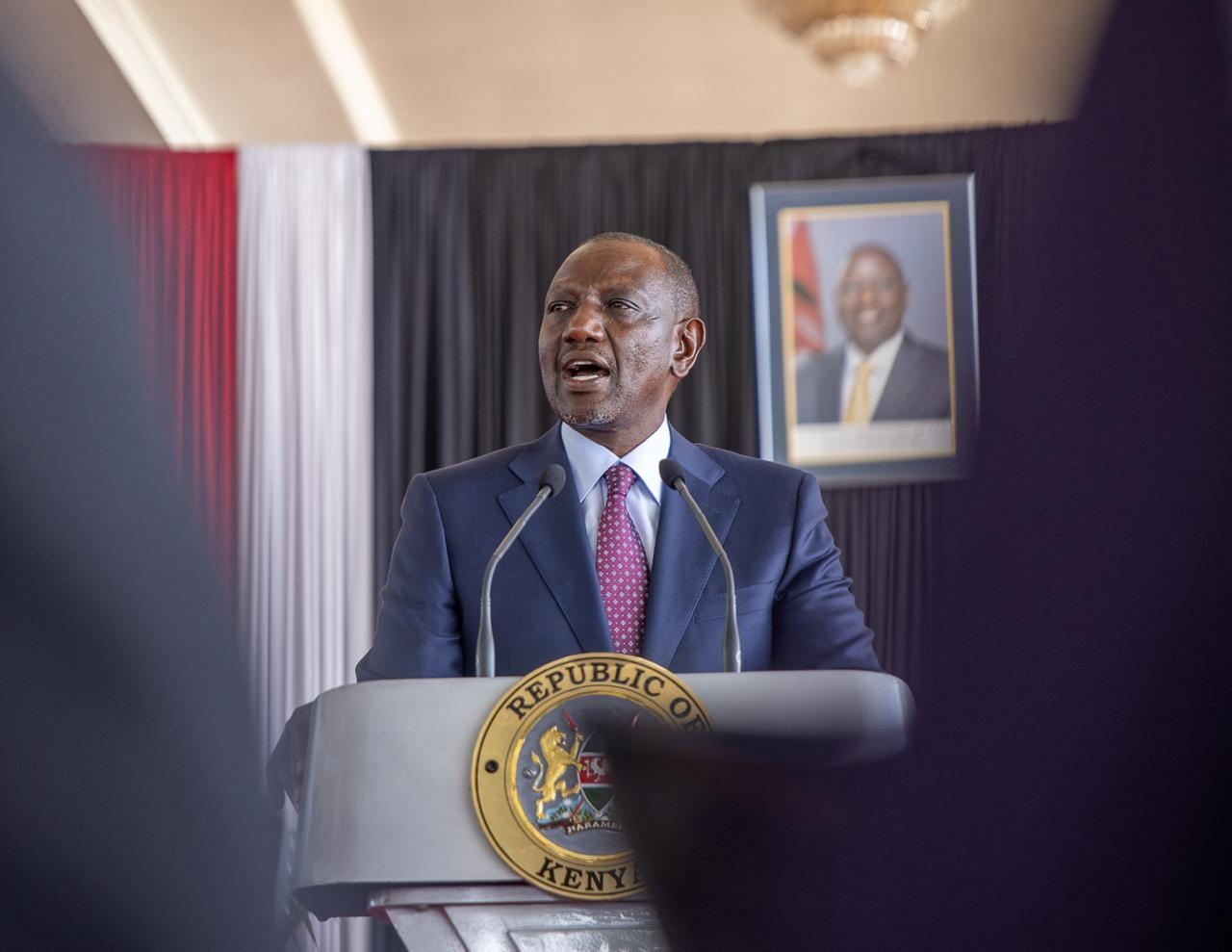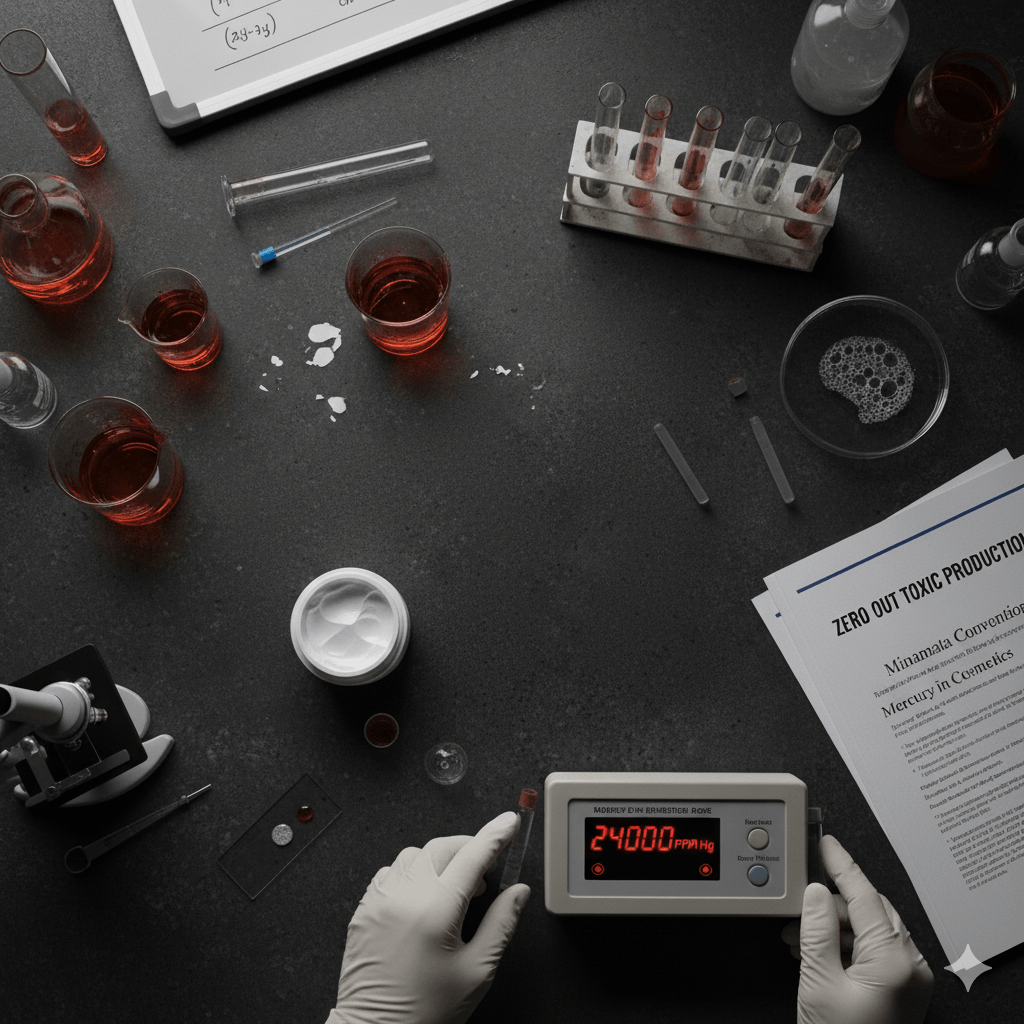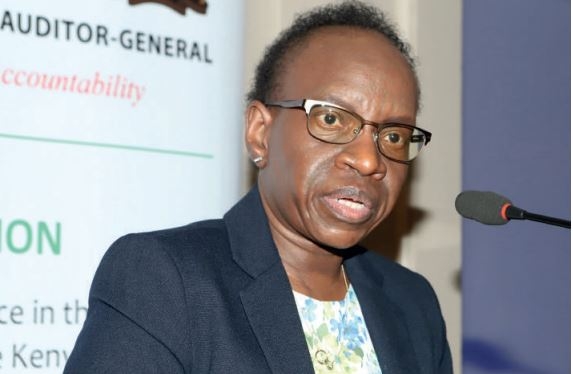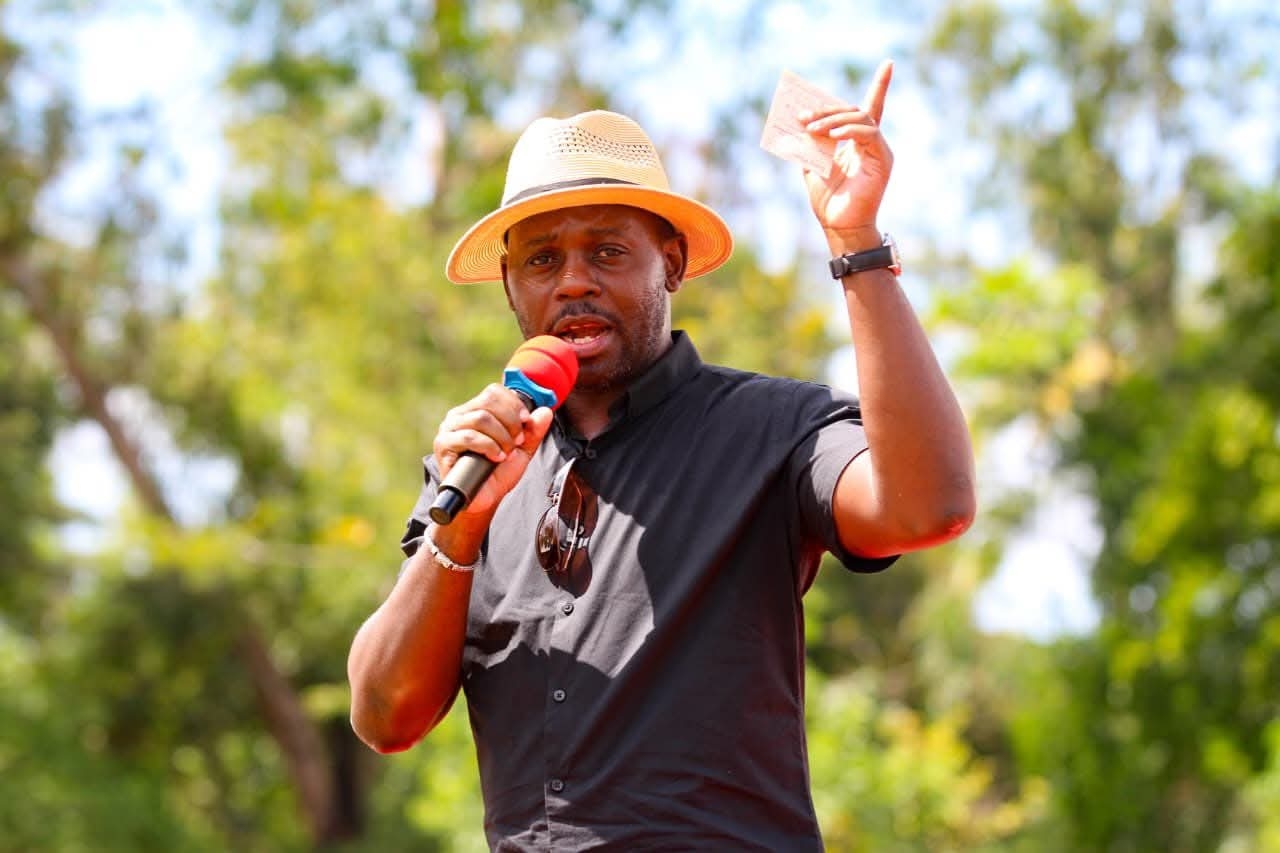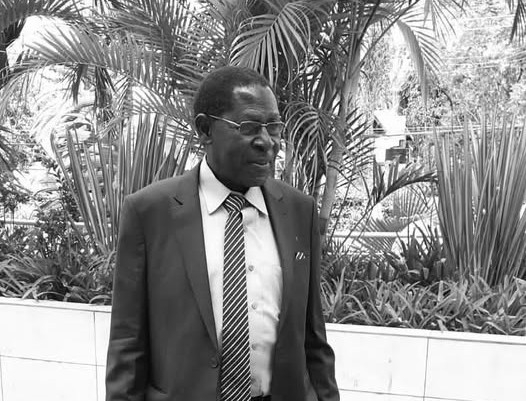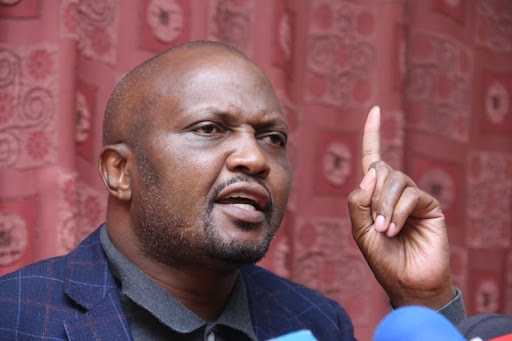
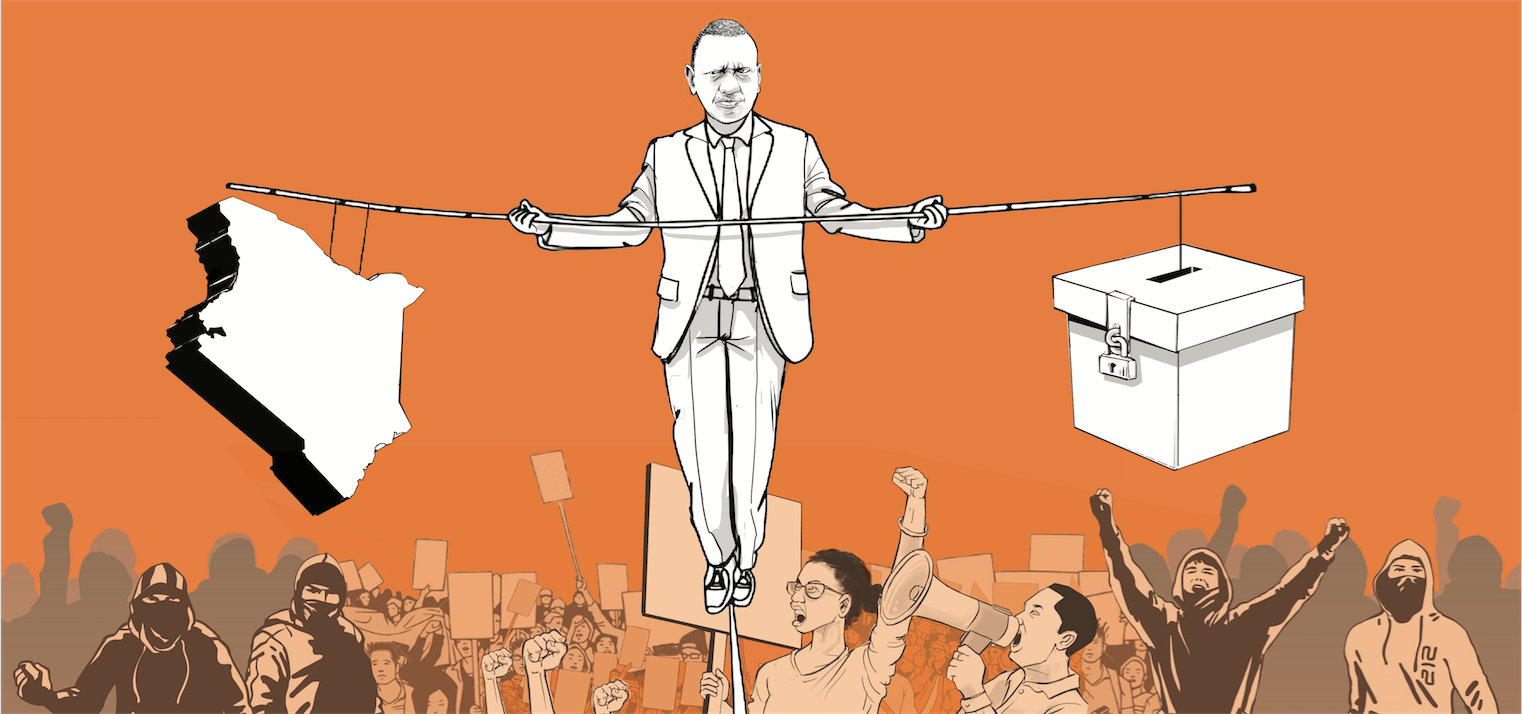
As President William Ruto marks three years in office, Kenya faces a crucial moment of reflection. Elected in 2022 on a populist platform centred around the Bottom-Up Economic Transformation Agenda, his presidency has been characterised by bold reforms, difficult adjustments and widespread public debate. The question is whether the promise of bottom-up change can finally be realised at the grassroots level.
The Ruto administration has made gains on the macroeconomic front. Inflation, which stood at 9.6 per cent in October 2022, has dropped to 4.1 per cent, one of the lowest in Africa. The shilling has strengthened from Sh162 to Sh129 against the dollar, while foreign exchange reserves have doubled to $10.8 billion, covering four months of imports. The Central Bank Rate has also eased from 13 per cent to 9.75 per cent, signalling renewed investor confidence.
Yet, behind the numbers lies a tougher story. Fuel prices have risen by 22 per cent, electricity tariffs by nearly 50 per cent and basic foods such as sugar and beans by 61 per cent and 30 per cent. For many households, these increases overshadow the macroeconomic gains. Poverty remains stubbornly high, with 40 per cent of Kenyans below the poverty line. As one Nairobi trader summed it up: “This has been the most difficult year, worse than Covid.”
The government has rolled out several ambitious social programmes with mixed outcomes. The Hustler Fund has disbursed more than Sh39 billion to small traders and informal workers, but defaults exceeding $20 million (Sh2.6 billion) and waning confidence—just 10 per cent of Kenyans viewed it as successful by June 2023—highlight gaps in design and delivery.
Other initiatives have made more visible progress. The Affordable Housing Programme has launched more than 100,000 units, creating jobs and stimulating construction. The Social Health Authority, through Taifa Care, has enrolled 23.7 million Kenyans and processed claims worth Sh49 billion, replacing the NHIF with a more inclusive, digital-first model. In education, more than 76,000 teachers have been hired and thousands of classrooms built for junior secondary schools.
If there is one area where reforms are most visible, it is agriculture. Fertiliser prices have dropped from Sh6,500 to Sh2,500, with distribution expanded from 1.4 million to 8.6 million bags. More than six million farmers are now digitally registered and milk prices have increased from Sh37 to Sh50 per litre. Food production has grown by 50 per cent as a result of these interventions. Farmers, however, still complain about rising seed prices, reminding us that even strong reforms face pressure points.
Despite progress, Ruto’s tenure has not been without turbulence. The doubling of VAT on fuel and other tax measures sparked nationwide protests in 2024, tragically leading to at least 39 deaths. These demonstrations, led largely by young people, birthed the slogan wantam—one term—a powerful symbol of frustration with governance and economic strain.
The President responded by withdrawing the Finance Bill, 2024, cutting non-essential budgets and pledging reforms in state agencies. These moves demonstrated political sensitivity to public pressure. However, allegations of police brutality, including high-profile cases, continue to erode trust and fuel opposition narratives.
Even in the face of discontent, opportunities remain for Ruto to consolidate his legacy. Internationally, Kenya has emerged as a leader in climate action, hosting the Africa Climate Summit 2023 and pushing the Nairobi Declaration. With nearly 80 per cent of its energy from renewables, Kenya is positioned to drive Africa’s green transition. Programmes such as ClimateWorX, which employs 200,000 youth in ecological restoration, showcase this potential.
Diplomatically, Ruto’s call for reforms in global financial systems and debt relief for Africa has resonated widely, strengthening Kenya’s global profile. Domestically, his evolving partnership with opposition leader Raila Odinga has opened space for political stability. Both speakers of Parliament have endorsed this rapprochement as an example of leadership that rises above rivalry. But history warns that elite bargains only endure when they deliver tangible benefits to ordinary citizens.
Three years on, Ruto’s record reflects ambition and contradiction. He has steadied Kenya’s economy, expanded social programmes and advanced agricultural reforms. Yet, the cost of living, youth frustration and governance questions remain unresolved.
The challenge now is to turn statistical gains into real household relief, to build political inclusivity while safeguarding accountability and to match Kenya’s climate leadership with sustainable jobs at home. The paradox of his presidency is that while he has steadied the numbers, he must now steady the lives of Kenyans. His legacy will depend on whether the bottom-up promise is not only spoken from the top but also felt at the very bottom.
Strategic advisor and expert in leadership and governance.






